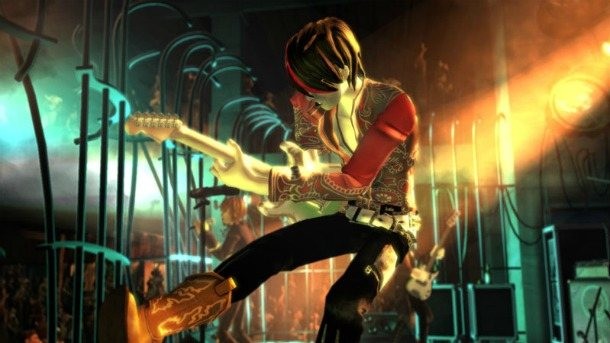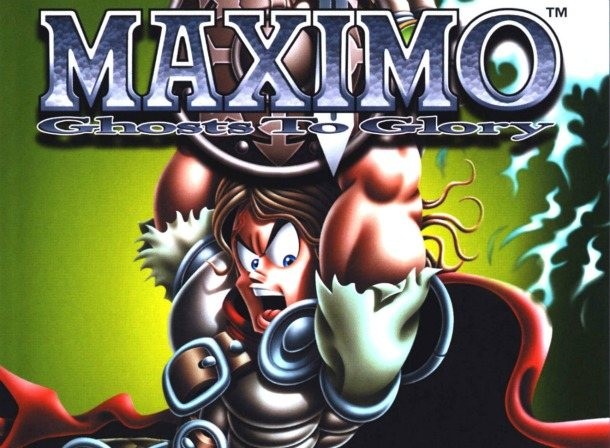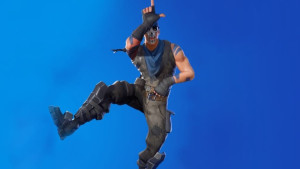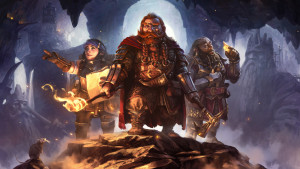Please support Game Informer. Print magazine subscriptions are less than $2 per issue
Top 10: Spiritual Successors

Some games series die before their time, but that doesn't always mean the end. Occasionally, fate takes a turn and resurrects yesteryear's gaming glory. Here are ten of the best unofficial sequels in gaming history.
This list originally appeared in issue 228 of Game Informer Magazine.

BioShock (System Shock 2)
System Shock 2 was lauded for its hybrid gameplay, moody atmosphere, and captivating story. Unfortunately, its poor sales drove many designers at Looking Glass Studios to start looking for jobs at other studios. Years after Looking Glass closed, System Shock 2 co-developer Irrational Games reworked its winning formula into a game that was both critically praised and financially successful.

Perfect Dark (GoldenEye 007)
With GoldenEye 007, Rare created one of the greatest licensed games of all time. But when EA bought the rights to Bond, a sequel seemed unlikely. Fortunately, Rare took the technology behind GoldenEye and developed a sci-fi shooter that lacked some of Bond’s suavity, but still delivered multiplayer thrills.

Rock Band (Guitar Hero)
In 2005, Harmonix Music Systems took a risk releasing a rhythm game bundled with a spendy controller. When the Guitar Hero brand blew up, Activision forced Harmonix out of the band by buying the Guitar Hero rights. Harmonix responded by developing a full band game to compete against the musical phenomenon it had helped create. The rest is rock history.

Call of Duty (Medal of Honor: Allied Assault)
In 2002, game studio 2015, Inc. released what is often considered the finest Medal of Honor title to date, Allied Assault. Hoping to earn a better development contract, 22 of those designers split off and formed a small startup called Infinity Ward. This studio continued to refine WWII shooters with Call of Duty. In 2010, the cycle continued as several Infinity Ward developers left to form Respawn Entertainment.

Final Fantasy Tactics (Tactics Ogre)
During the height of the PSone era, Square went headhunting for strategy developers. The publisher hired Yasumi Matsuno, whose previous work on Ogre Battle and Tactics Ogre made him one of the country’s preeminent strategy developers. Matsuno and his team took many of the elements that made the Ogre Battle series great and spun them into a Final Fantasy title that exploded in popularity.

Bayonetta (Devil May Cry)
When Hideki Kamiya set out to develop a new Resident Evil game, he inadvertently created the Devil May Cry series. In 2006 Kamiya and his team left Capcom to form Platinum Games, but Kamiya wasn’t done creating insane action games. When he left for Platinum Games he took all of DMC’s elements – high-octane action, tight controls, and nonsensical story – and refined them with the hair-raising Bayonetta.

Maximo: Ghosts to Glory (Ghosts’n Goblins)
When the industry transitioned into 3D game worlds, Capcom’s Ghosts’n Goblins series all but disappeared. Inspired by many of the series’ design principles, one of Capcom’s U.S.-based developers created Maximo. Despite positive reviews, the Maximo series ghosted from the current gaming landscape, much like the series that inspired it.

Dragon Age (Baldur’s Gate)
In 1998, BioWare used a modified version of Dungeons & Dragon’s 2nd edition rules to create a game set in the Forgotten Realms universe. Years later, the studio wanted to craft another immersive world where players influenced events along an epic timeline, but the studio had to do so without the Dungeons & Dragon’s license. The solution was Dragon Age: Origins.

Odin Sphere (Princess Crown)
After releasing the quirky Japan-only action/RPG Princess Crown for the Sega Saturn in 1997, many of Atlus’ in-house developers left to form Vanillaware. The new studio began work on the gorgeous PS2 title Odin Sphere. The game’s mechanics and style were so similar to Princess Crown that everything but the name screams sequel.

Demon’s Souls (King’s Field)
SCEJ producer Takeshi Kajii was a fan of From Software’s King’s Field series, but when the studio asked him to work on a new game, he didn’t want to be tied to King’s Field traditions. For Demon’s Souls, his team took some of King’s Field’s design elements – such as the art design, RPG sensibilities, and challenging gameplay – and worked them into a brand new franchise.










